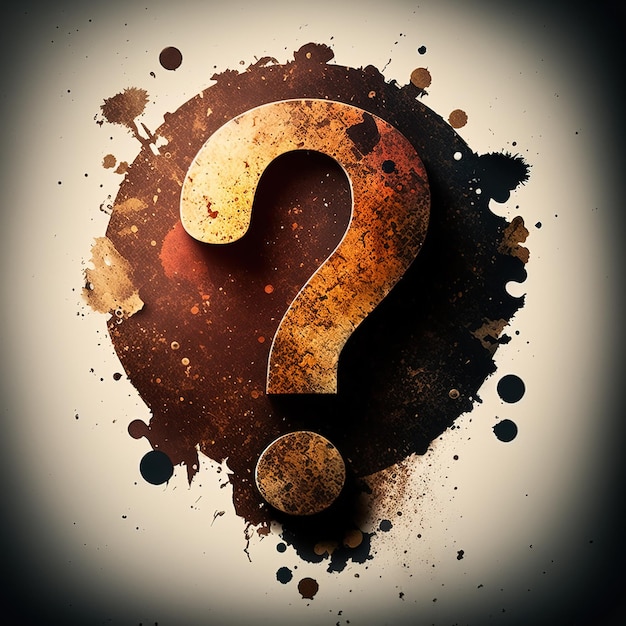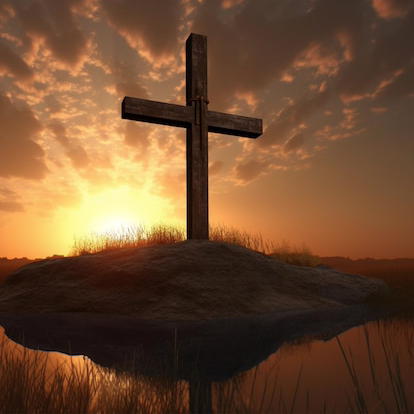lecoop said:
nadab said:
Why do you feel that they are different ? In the Bible, the horse often symbolizes warfare. (Psalm 20:7; Proverbs 21:31; Isaiah 31:1) This horse, likely a beautiful stallion, gleams with a whiteness that indicates unblemished holiness. (Compare Revelation 1:14; 4:4; 7:9; 20:11.) How appropriate this is, for it portrays warfare that is clean and righteous in God’s holy eyes!
Who is the Rider of this horse at Revelation 6:2 ? He has a bow, an offensive weapon of war, but he is also given a crown. The only righteous ones seen wearing crowns during the Lord’s day are Jesus and the class represented by the 24 elders. (Daniel 7:13, 14, 27; Luke 1:31-33; Revelation 4:4, 10; 14:14) A member of the group of 24 elders would not be pictured as receiving a crown on his own merit. Hence, this lone horseman must be Jesus Christ and no other.
Nadab, I really wanted to comment. Yes, I agree that the horse is to represent warfare, and the color white is to represent righteousness. But what is this horse AND rider a picture of? What is it to represent? If you understand the CONTEXT of the first seal, meaning the vison of the throne room, you see that the first seal was broken about 33 AD. What was righteous on earth after Jesus ascended to be at the Father's right hand? ONLY the church. This first seal is to represent the church, starting out on the great commission.
Coop
The first seal was not opened in 33 C.E., for at Revelation 1:10, John says that "I became in the Spirit (or by inspiration in)
the Lord's day, and I heard behind me a great voice as of a trumpet."(Darby's Bible) The "Lord's day" was yet future from the time of John, who wrote down the book of Revelation in about 96 C.E.
The apostle Paul wrote that "of this I am fully persuaded, that He who has begun a good work in you will go on completing it
until the day of Jesus Christ."(Phil 1:6,
Montgomery New Testament) And Paul said that a true Christian should be "blameless in the day of our Lord Jesus Christ."(1 Cor 1:8,
King James Bible) Thus, the "day of Jesus Christ" is the same as the "Lord's day" in the book of Revelation, still yet future from the time of both Paul and John.
John, "by inspiration", was projected
far into the future to see climatic events "in the Lord's day", events which start with the opening of the first seal, with the rider of the "white horse" beginning his ride, after receiving "a crown" and then goes "forth conquering and to complete his conquest."(Rev 6:2) Since you recognize that the "horse" pictures warfare (Prov 21:31) and that "white" represents righteousness (Dan 7:9, Isa 1:18, Rev 3:4, 5; 6:11), and that the rider receives "a crown", what would this mean ? That the one on the "white horse" is a righteous warrior who has been given kingship, fighting for God.
At Daniel 7:13, 14, Daniel sees in vision that "there came with the clouds of heaven one like a son of man, and he came up even to the Ancient of days, and they brought him near before him." In coming before the "Ancient of Days", God, what was given him ? "And there was given him dominion, and glory, and
a kingdom, that all peoples, nations, and languages should serve him:"(Darby's Bible) Who, in the Bible, is called "the son of man" ? Jesus Christ calls himself "the Son of man" at least 30 times in the book of Matthew. Hence, Jesus receives a "kingdom", and therefore is given "a crown", even as seen at Daniel 7:13, 14.
The receiving of a "kingdom" for Jesus Christ, occurs during the time of the ' small horn ' that has a "mouth speaking grandiose things"(Dan 7:8), coming forth from the ' fourth wild beast ', the Roman Empire. Being as the 'small horn ' is the result of the dissolution of the Roman Empire, this would project Jesus receiving "a crown" far into the future, down till near the beginning of the twentieth century. How can this be known ?
Though the Roman Empire, as a nation ended in 476 C.E., with the removal of the emperor by Germanic king Odoacer, the Holy Roman Empire still continued. While the Roman Empire was thriving,
Encarta Encyclopedia notes: "During the first two centuries AD the empire flourished and added new territories,
notably ancient Britain, Arabia, and Dacia (present-day Romania)."(
Microsoft ® Encarta ® Reference Library 2005)
Thus, from among the various territories that Rome controlled, came forth a 'small horn ', a nation that initially had little power, but grew to become a noted world power. Who was this ? Britain. King Henry VIII of England broke free of Roman control in 1534, and as Eric Delderfield stated in his book
Kings and Queens of England: “Henry carried on his father’s work of creating an effective Navy. . . . At his death, Henry had added some eighty ships to Naval strength and so began the challenge to the maritime supremacy of Spain.â€
Over the centuries the British power was transformed into a vast empire that Daniel Webster, a famous 19th-century American politician, described as “a power to which, for purposes of foreign conquest and subjugation, Rome in the height of her glory is not to be compared,—a power which has dotted over the surface of the whole globe with her possessions and military posts.†Soon the British Empire was closely linked in political and military affairs with its former colonies of North America. Thus the seventh king of Revelation 17:10 appeared, the Anglo-American Dual World Power.
And Daniel 2, with the vision of the "immense image", parallels with Daniel 7. Hence, the book of Daniel gives the time frame for Jesus to receive "a crown" as king of God's kingdom, as occurring in the "final part of the days"(Dan 2:28), with the "legs of iron" (Dan 2:33) representing the Roman Empire and the "feet and toes" (Dan 2:41) as all human governments resulting from Rome's dissolution. Daniel 2:44 says that "
in the days of these kings shall the God of heaven set up a kingdom."(
King James Bible)
Thus, during the time of "feet and toes" of the "immense image" (when Britain and America joined together as a world power) has God established his heavenly government, during the "final part of the days", our time period, and at which time, "a crown" was given to Jesus as the rider of the "white horse". The riders of the other ' horses' go forth because of Jesus being given "a crown".(Rev 6:3-8)










 ), but i will just leave it at that.
), but i will just leave it at that.